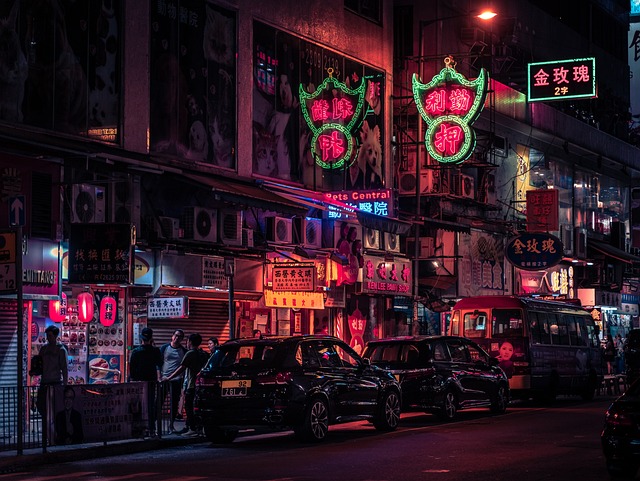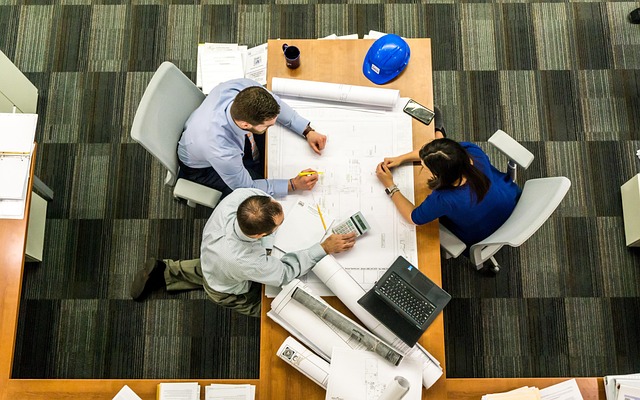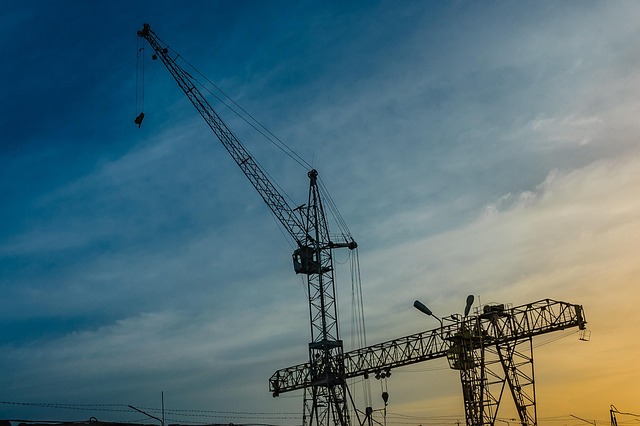Exploring the Impact of Pedestrian Infrastructure on Urban Development
When we think about the heartbeat of a city, it’s not just the buildings and vehicles that define it, but the people walking its streets. Pedestrian infrastructure plays a vital role in shaping urban development, influencing how residents experience and interact with their environment every day.
Good pedestrian infrastructure — including sidewalks, crosswalks, pedestrian plazas, and green pathways — transforms neighborhoods from mere transit points into vibrant communities. These elements encourage walking by ensuring safety, comfort, and accessibility, key factors that nurture active lifestyles and social interaction.
Urban spaces designed with pedestrians in mind foster connection, not just in a social sense, but also economically and environmentally. Walkable neighborhoods tend to support local businesses thriving on foot traffic, creating a dynamic street life that adds character and vitality to the cityscape. They often see reduced traffic congestion and pollution levels, promoting a healthier, more sustainable urban environment.
Moreover, pedestrian infrastructure bridges the gap between different parts of a city, knitting together diverse areas to form a cohesive whole. For residents, this means easier access to parks, shops, schools, and workplaces without relying solely on cars or public transportation.
Ultimately, prioritizing pedestrian infrastructure is about valuing the human scale of cities. It honors the simple act of walking as an essential part of urban experience, empowering individuals to engage more fully with the spaces they inhabit. As we continue to build and design urban areas, embracing pedestrian-focused development holds the promise of creating livable, inclusive, and thriving cities for generations to come.




